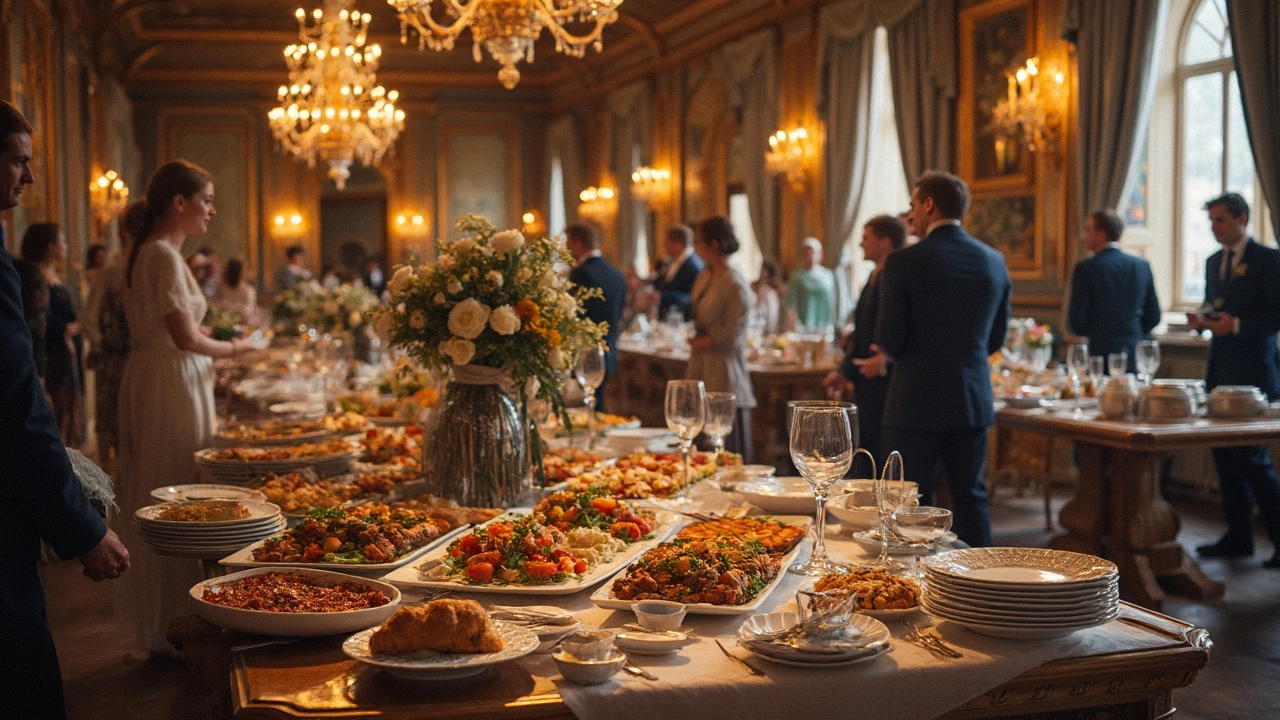Catering Costs: Real Ways to Keep Your Wedding Food Budget in Check
Food is one of the biggest bills on a wedding day, but it doesn’t have to break the bank. Knowing what you’re paying for, where the hidden fees hide, and how to trim the excess can save you hundreds, even thousands. Below are straight‑forward steps you can take right now.
Understanding What Makes Up Catering Costs
First, break the total price into its parts. Most vendors quote a per‑person rate that covers the menu, staff, equipment, and sometimes service charges. Add‑ons like late‑night snacks, cake cutting fees, or special dietary requests can quickly add up. Don’t forget taxes and gratuities – they’re usually listed separately.
Ask the caterer for a detailed, line‑by‑line estimate. Seeing each item on its own helps you spot unnecessary extras. For example, if you’re charged for both a plated dinner and a buffet, you might be double‑counting the same service.
Smart Strategies to Lower Your Food Bill
Choose a menu that matches your season. Summer brings fresh strawberries and herbs, while autumn offers pumpkin and root vegetables. Seasonal foods are cheaper and taste better, so they can lower the per‑plate cost without sacrificing flavor.
Consider a family‑style or buffet setup instead of a plated dinner. You’ll need fewer staff members, and guests often enjoy the relaxed vibe. A buffet also lets you serve a wider variety of dishes without creating multiple mini‑menus.
Limit the number of courses. A three‑course meal (starter, main, dessert) is standard; adding a pre‑dinner cocktail or a second dessert pushes the price up. If you really want extra treats, serve them as a sweet table with self‑serve options – it’s cheaper and adds a fun visual element.
Negotiate the drink package. Open bar costs a lot, but a limited bar with wine, beer, and one signature cocktail can look just as classy. Offer a cash bar for higher‑priced spirits – guests who want a premium drink can still get it, while you avoid paying for every single pour.
Don’t forget to ask about leftover food policies. Some caterers will let you take leftovers home or donate them, which can be a nice perk and shows you’re getting the most out of each dish.
Finally, compare at least three quotes. Prices can vary widely, and a simple phone call can reveal who’s willing to be flexible. Use the lowest quote as a benchmark and ask the others to match or beat it.
By understanding each cost component and using these practical tips, you can keep your catering expenses realistic while still delivering a memorable food experience for your guests.
Why Does Wedding Catering Cost So Much?
Ever wonder why wedding catering takes such a big chunk of your budget? From ingredient quality and staff wages to hidden logistical challenges, several factors contribute to the final price tag. Understanding these elements can help in budgeting more effectively and even finding ways to save. Let's dive into what makes wedding catering so pricey and how you might manage the costs more efficiently.
Read more